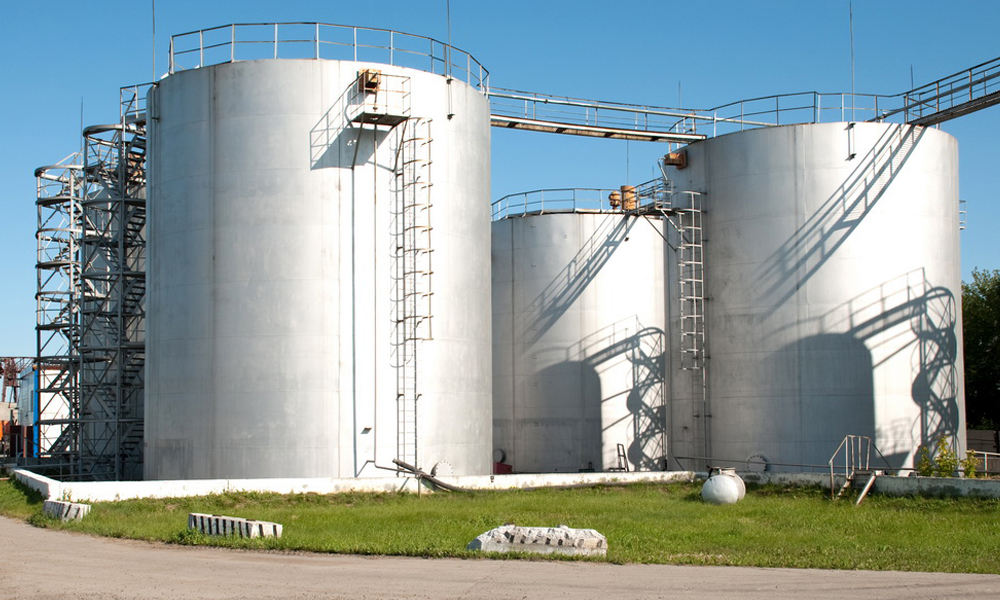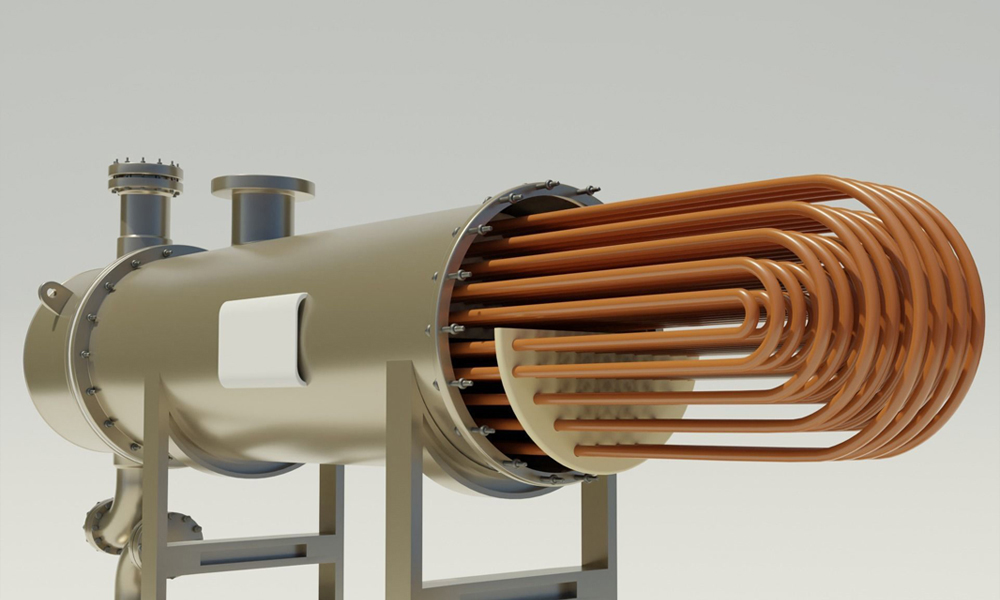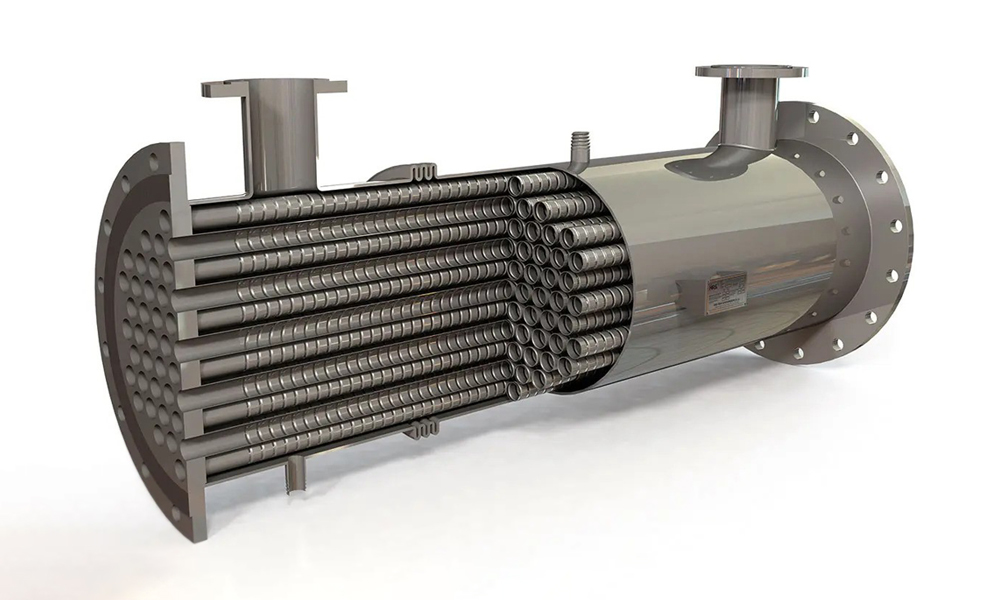Spherical pressure vessels are a critical component in the petrochemical industry, tasked with storing fluids under high pressures. Due to their unique geometric shape, these vessels offer several advantages over other types of pressure vessels, making them widely used in this industry. In this article, we provide a comprehensive overview of spherical tank under pressure, their technical specifications, and their applications in the petrochemical industry. Join us to learn more about this important topic in the oil and gas sector.
Technical Specifications of Spherical Pressure Vessels
Spherical pressure vessels are designed for the storage and transfer of gases and liquids under high pressure. The technical specifications of these vessels include several key factors, which are described below:

Diameter
The diameter of the spherical vessel determines its storage capacity. The diameter of spherical vessels in the oil and gas industry can range from a few meters to several tens of meters.
Working Pressure
Working pressure is the maximum pressure that the vessel can withstand without failure or leakage. This parameter is crucial for the design and construction of the vessel as well as for selecting the appropriate material. The working pressure of spherical vessels in the oil and gas industry can range from several bar to several hundred bar.
Material
Choosing the appropriate material for constructing a spherical vessel depends on various factors, including the type of fluid used, working pressure, operating temperature, and environmental conditions. The most common material for constructing spherical pressure vessels is steel. Steel is produced in various grades with different mechanical properties, each suitable for specific fluids and working pressures.
In some cases, aluminum and composites are also used for constructing spherical vessels. Aluminum is used due to its lightweight and corrosion resistance, especially in applications where the weight of the vessel is important, such as in mobile tanks. Composite spherical vessels are made from fibers such as carbon or glass and epoxy resins. These types of vessels, due to their high corrosion resistance and lightweight, are used in certain applications like the storage of liquefied natural gas (LNG) and liquefied petroleum gas (LPG).
Construction Standards
Spherical pressure vessels in the oil and gas industry must be designed and constructed according to international standards such as ASME BPVC and API 510. These standards specify the technical requirements and construction procedures to ensure the strength, safety, and proper functioning of the vessels.
Testing and Inspection
Spherical pressure vessels undergo various tests and inspections at different stages of construction and before commissioning to ensure they are free of defects and comply with relevant standards. These tests include hydrostatic tests, radiographic tests, and ultrasonic tests.
Safety Requirements
Safety requirements are critically considered in the design and construction of spherical pressure vessels. These requirements include:
- Pressure Relief Systems: Used to prevent excessive pressure buildup in the vessel and potential explosions.
- Safety Valves: Automatically release fluid from the vessel if the pressure exceeds allowable limits.
- Alarm Systems: Used to alert operators of anomalies in the vessel, such as leak detectors and gas detectors.
Adhering to precise technical specifications and safety requirements in the design and construction of spherical pressure vessels is key to their safe and reliable operation.
Also read: Safety Guidelines for Using Spherical Pressure Vessels

Advantages of Spherical Pressure Vessels
Spherical pressure vessels offer several advantages over other shapes of pressure vessels due to their unique geometric shape, including:
- High Stress Resistance: The spherical shape distributes stress evenly in all directions, providing high resistance to stresses caused by internal pressure.
- Reduced Weight: Compared to cylindrical tanks of similar capacity, spherical vessels are lighter due to their geometric shape. This makes their transportation and installation easier.
- Space Optimization: Spherical vessels occupy less space, making them ideal for fluid storage in confined spaces.
Also read: Advantages and disadvantages of spherical tank
Applications of Spherical Pressure Vessels in the Petrochemical Industry
Spherical pressure vessels are used in a wide range of petrochemical processes, including:
- Natural Gas Storage: Spherical tanks are used for storing liquefied natural gas (LNG) and liquefied petroleum gas (LPG) as well as petrochemical feed gases like ethylene, propylene, and butane under high pressures.
- Petrochemical Product Storage: These vessels are used for storing products like gasoline, diesel, fuel oil, and other petroleum products under high pressures.
- Fluid Transportation: Spherical pressure vessels are used as mobile tanks for transporting petrochemical fluids over long distances.
Also read: Application of spherical tank in petrochemical industry
Uses of Spherical Vessels
Spherical vessels are used in various sectors of the oil and gas industry, including:
- Refineries: For storing intermediate and final fluids in the crude oil refining process.
- Gas Processing Facilities: For storing liquefied natural gas (LNG), liquefied petroleum gas (LPG), and petrochemical feed gases.
- Pipeline Systems: As temporary storage tanks along oil and gas pipeline routes.
- Oil and Gas Fields: For storing fluids extracted from wells.







